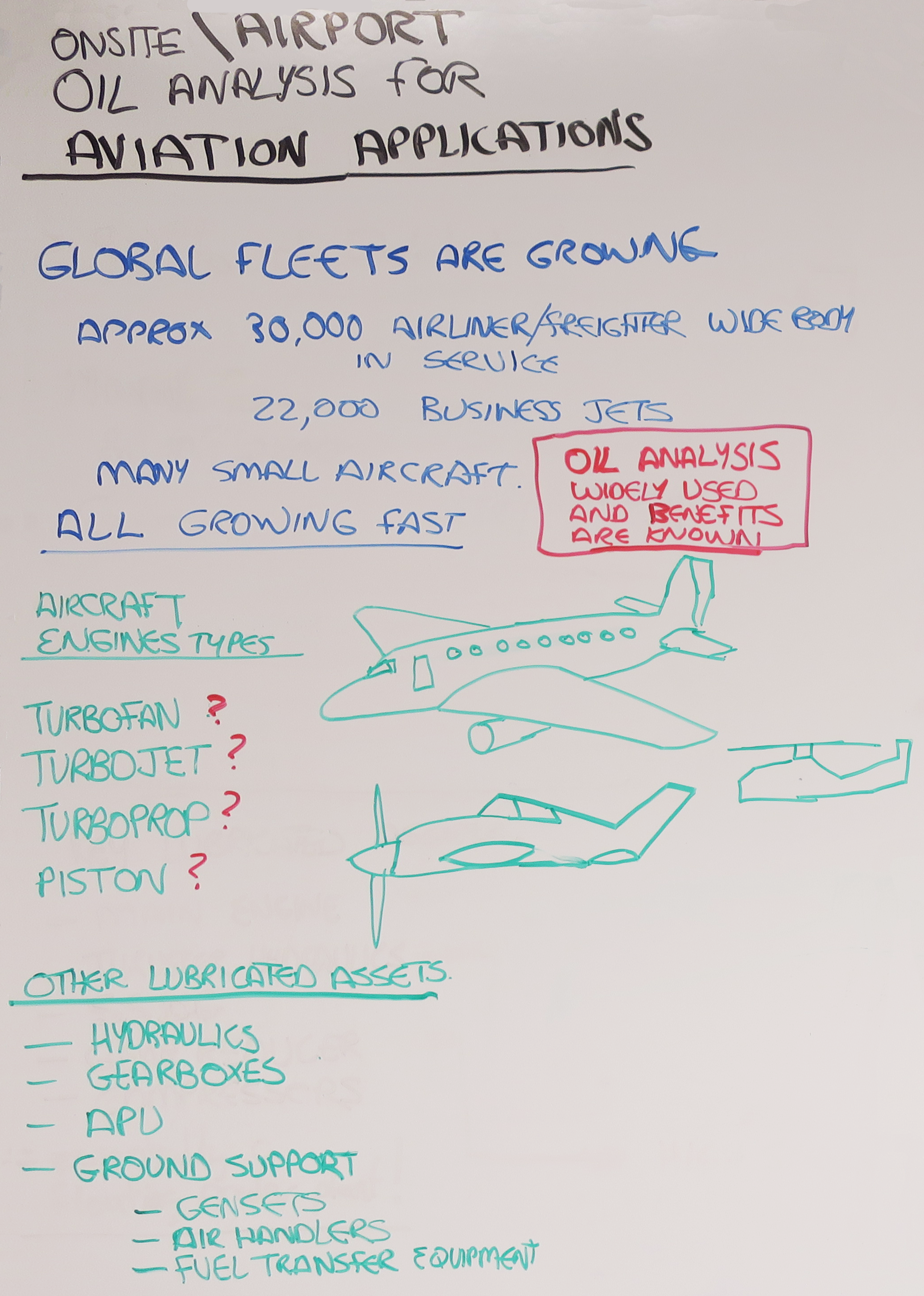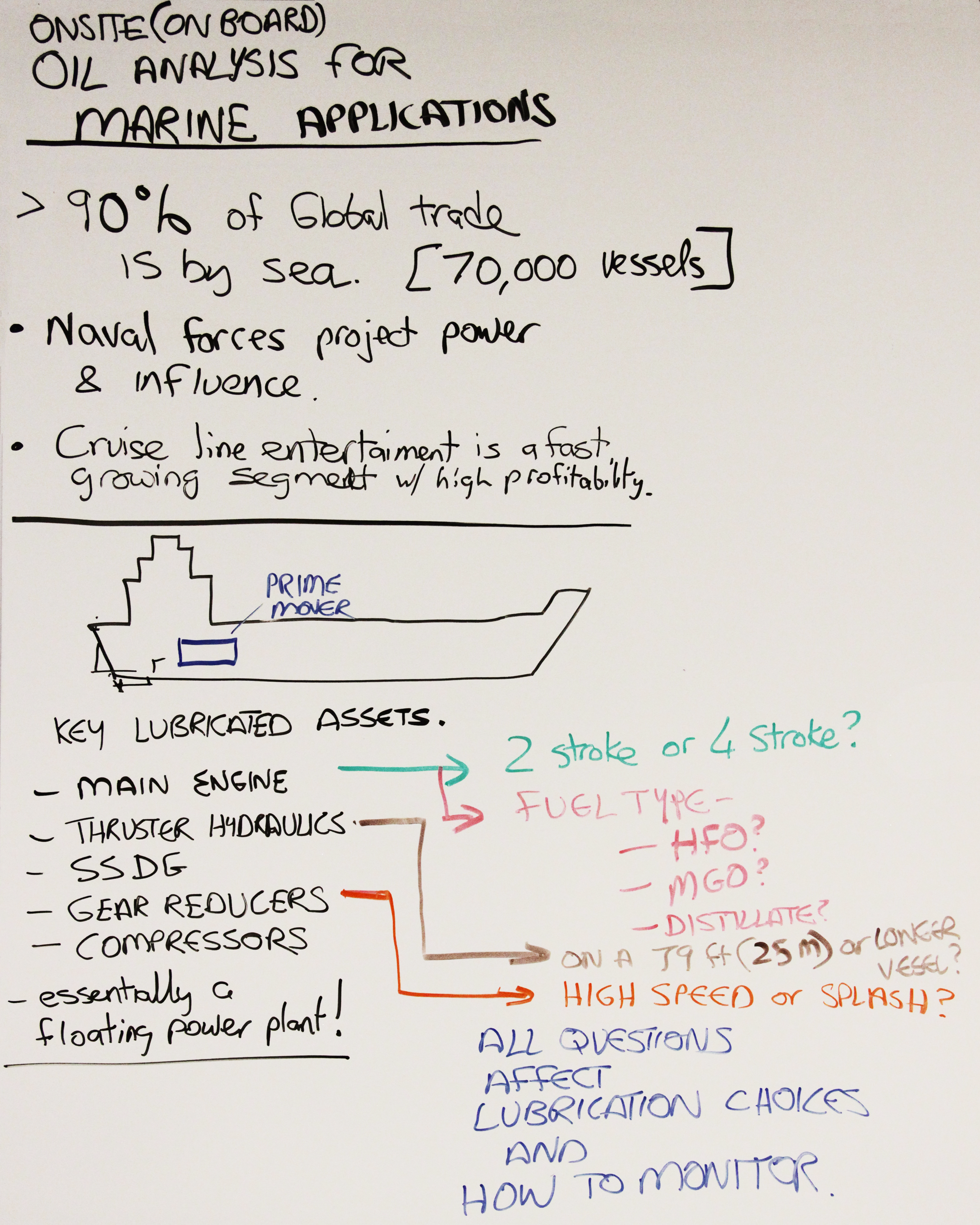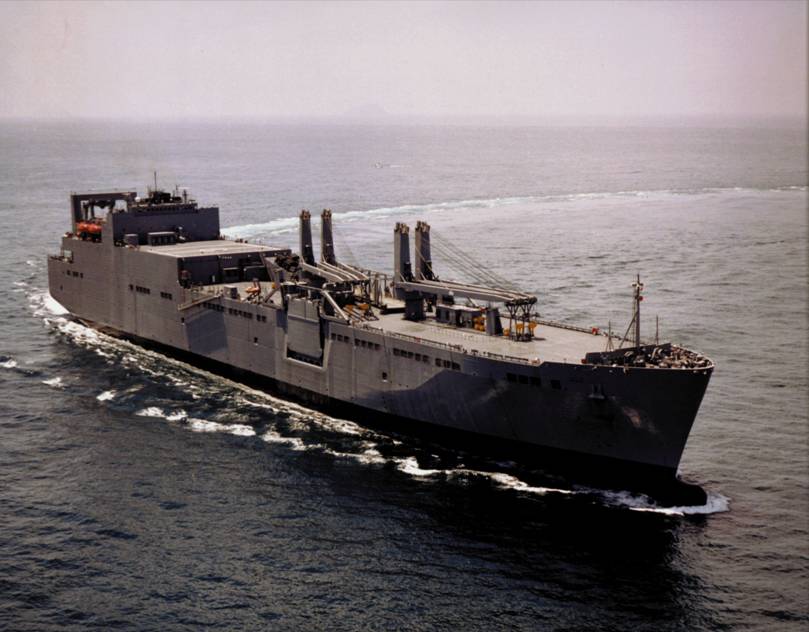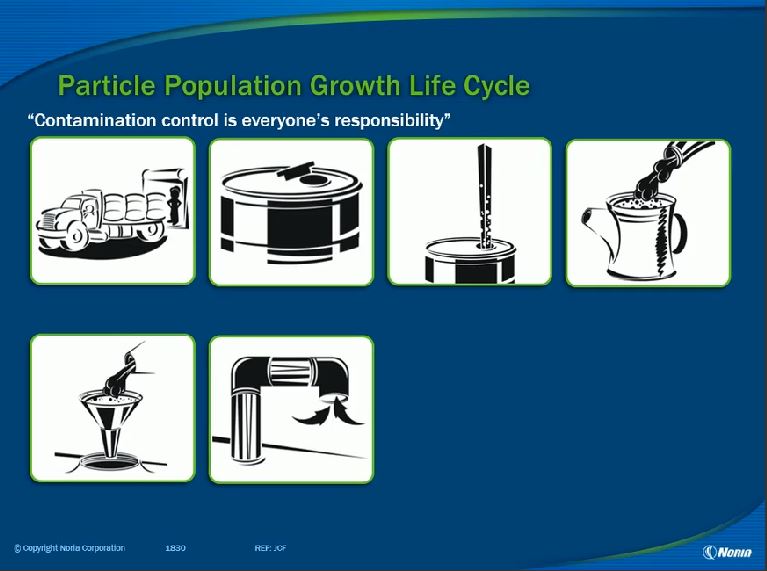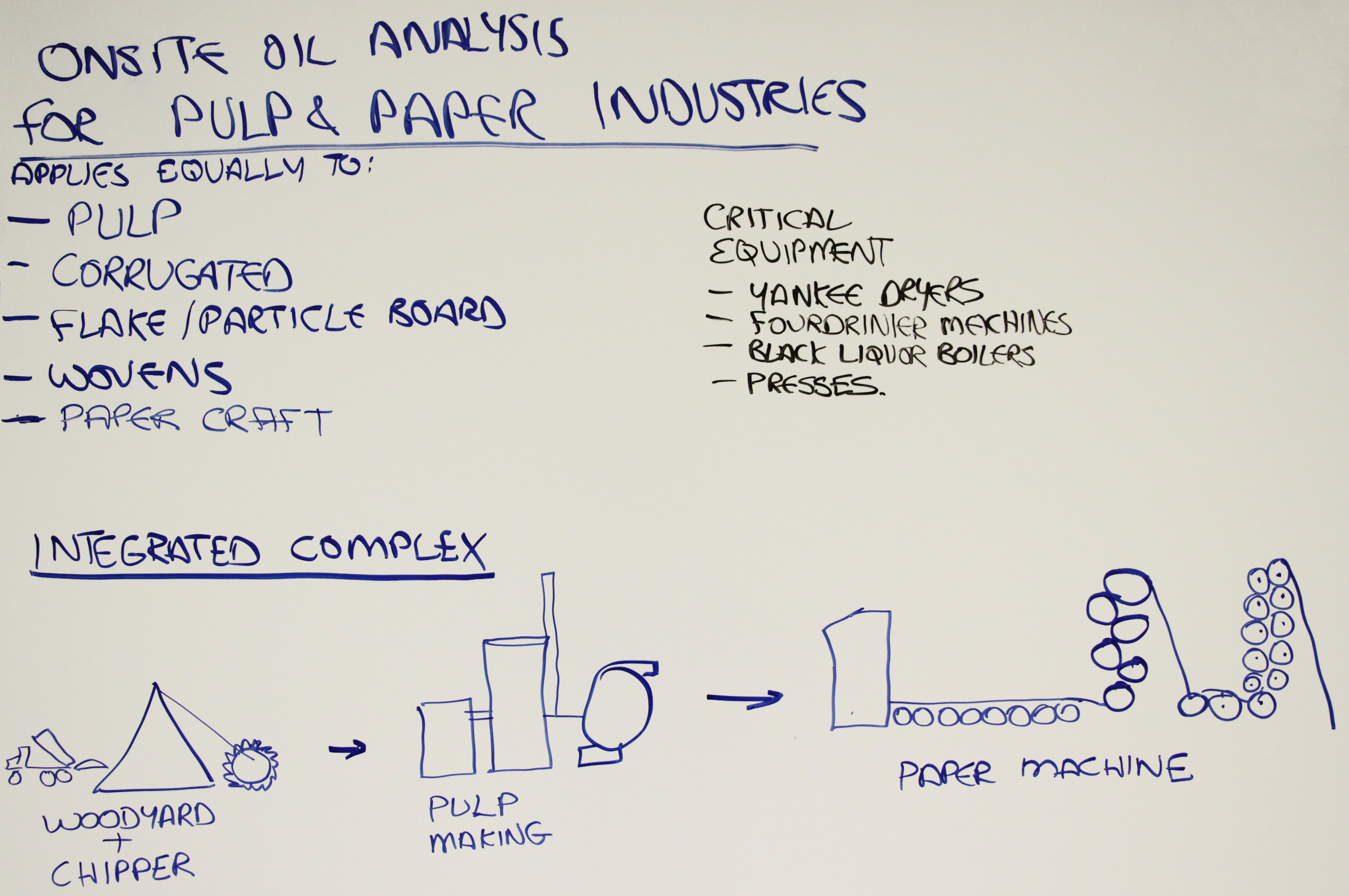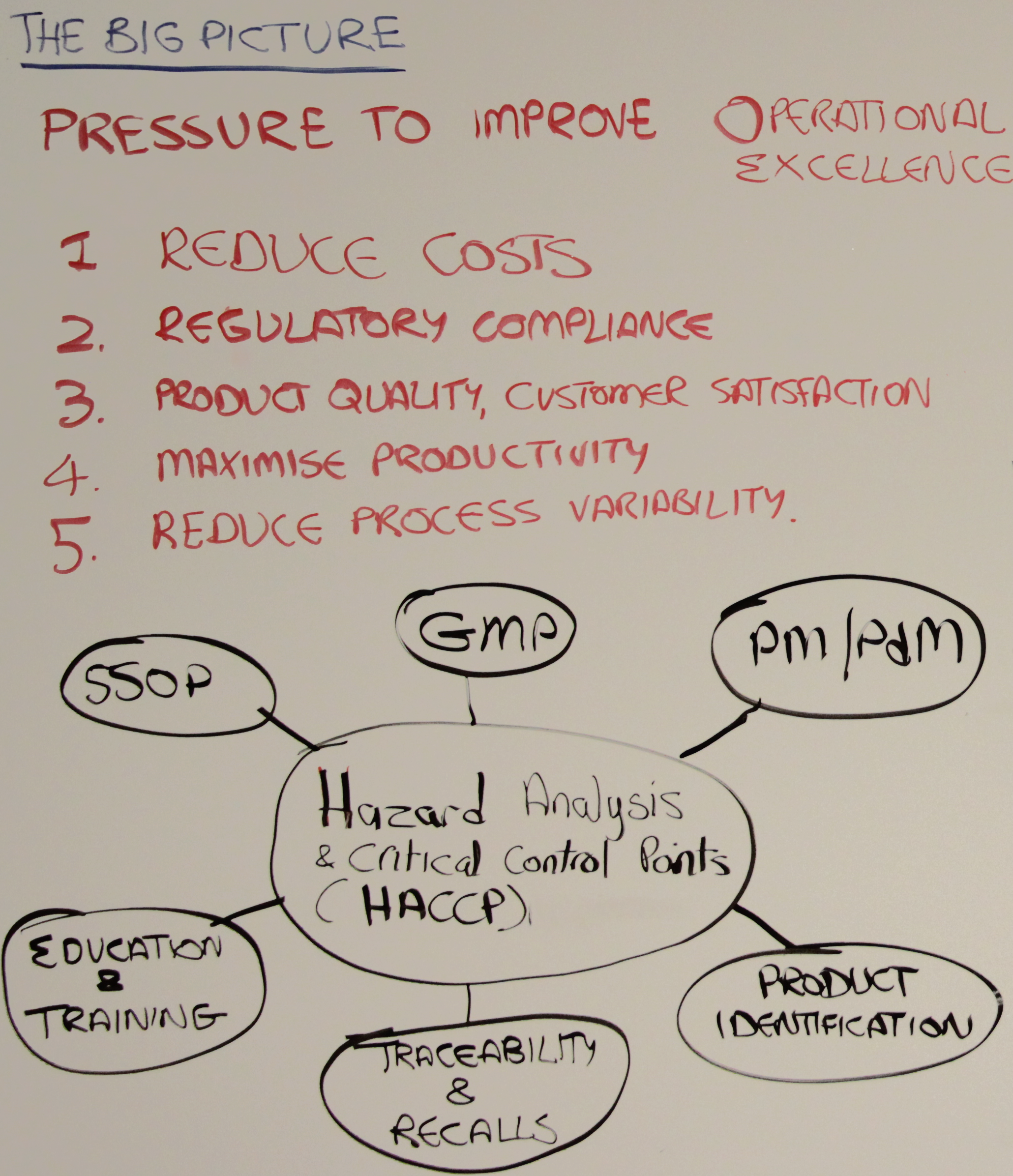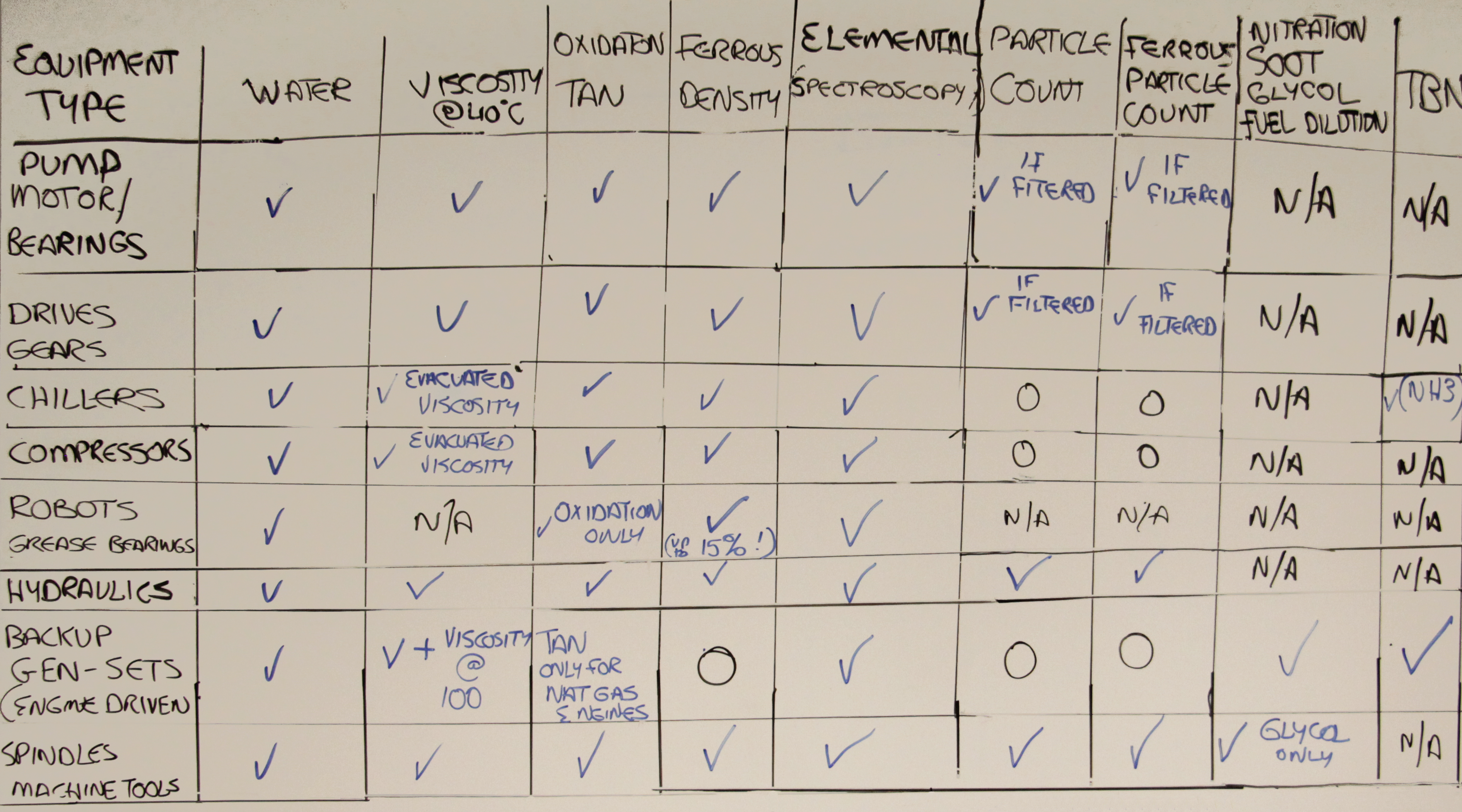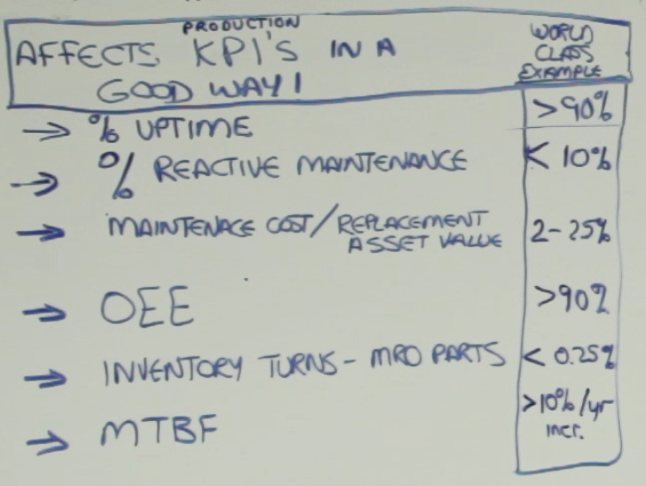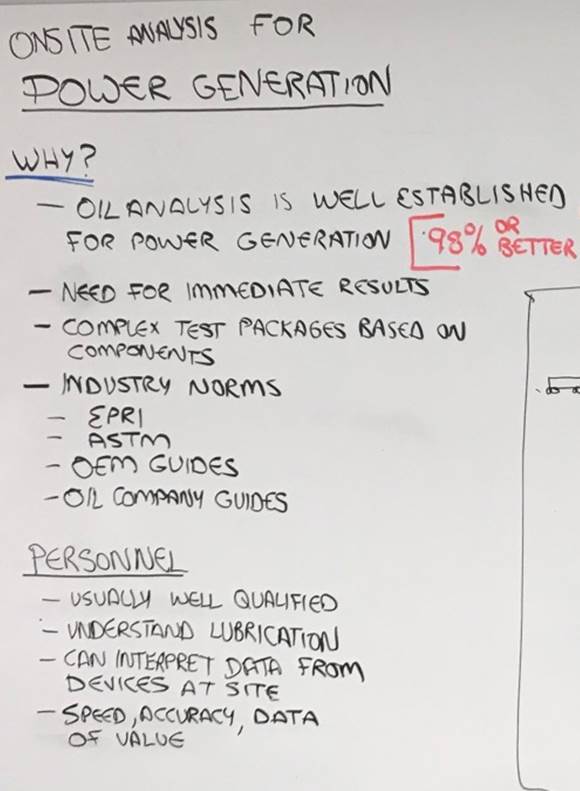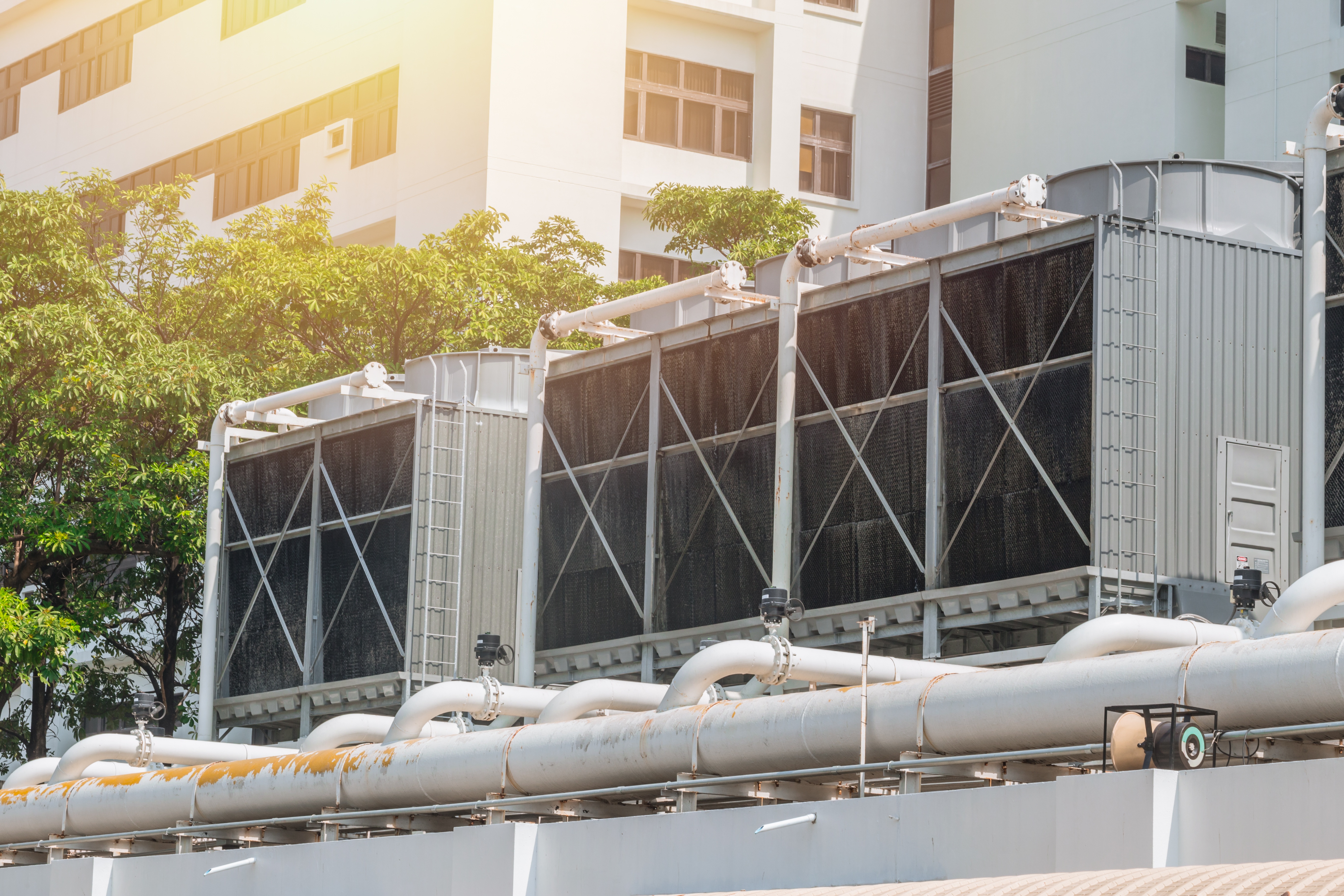When talking about aviation assets one asset stands above the rest - the aircraft. There are approximately thirty thousand airliners in service today, used for both passenger and freight transportation. This number includes hundreds of thousands of individual small aircraft. Today, all of these fleets are growing quickly as the need for air travel continues to increase. Oil analysis is widely used in the aviation industry and has been for many years because the benefits are well understood. Large planes, smaller planes, and even helicopters are all considered aircraft, and a few major lubricated assets are critical to these aircraft. One of these assets is the engine. Engine types have various designs such as turbofans, turbojets, turbo props, even piston engines. The majority of them have similar lubricants, but different lubricants exist depending on the specific application. Other types of lubricated components in an aircraft consist of hydraulic systems, gearbox systems and APU's (auxiliary power units). There are also a lot of ground support equipment types supporting the aircraft before it gets in the air, including gen sets, air handler systems or fuel transfer systems.
Let's Discuss Marine Markets
When talking about marine markets there are three major areas: merchant fleets, Marine Naval Forces, and cruise lines. It's important to note that this large industry uses on-site oil analysis at all times to ensure equipment uptime. Ninety percent of global trade is by sea, with about 70,000 vessels transporting goods around the world. All countries with Naval forces use them to project power and influence. Reliability is critical, so on board oil analysis is widely used. The cruise line entertainment industry is a fast growing segment of the marine market with high profitability, so reliability is critical for success.
In any marine application there's a prime mover, which is the main engine, but there are other key lubricated assets on board as well. There are thruster hydraulics, backup generators for power, gear reducers, compressors for air -- essentially a floating power plant. Since there are so many different lubricated assets, there are a variety of different lubricants on board. Engine designs, types of fuel, and types of fluids per regulatory compliance all complicate the monitoring task. As a result, monitoring should be performed on a regular basis.
Topics: Industrial
Naval Sealift Ship Puts Accuracy to the Test
(This is an excerpt from a published article in the April 2013 issue of "Lubes 'N' Greases" magazine)
The United States Naval Ship (USNS) Watson is one of the largest, medium-speed, roll-on, roll-off ships that have significantly expanded the nation’s sealift capacity. The Watson has a considerable amount of machinery, including main engines, generators, and cranes, that require oil testing on a regular basis to detect potential problems and eliminate the possibility of a catastrophic failure. The Watson operated by, Ocean Shipholdings Inc., is under contract to the Military Sealift Command. The Watson previously used oil test kits but found them time-consuming. Its engineers questioned the kits’ accuracy as well.
Topics: Industrial
Spectro Scientific is proud to present our "Oil Analysis Fundamentals Course" presented in partnership with Noria Corporation. The Oil Analysis Fundamentals course provides comprehensive information regarding lubricant analysis and its critical role in increasing machinery life and uptime.
Topics: Industrial
The pulp and paper industry is comprised of facilities that manufacture corrugated paper, flake or particle board pressing, woven or fiber spinning, and general craft paper. The unique aspect of pulp and paper is the integrated complexity in medium to large- sized plant operations. Typically, people think about the paper end of the system, but there is actually a much more complex system at hand.
Topics: Industrial
How can on-site oil analysis benefit food and beverage organizations? Our expert, Dan Walsh, illustrates how on-site oil analysis programs can positively impact operational excellence for food and beverage manufacturers.
Topics: Industrial
Monitoring the lubrication systems of plant equipment is critical for optimizing performance and reducing machinery downtime. On-site oil analysis supports condition monitoring by providing immediate answers regarding the condition of any lubricated equipment. It ensures the proper lubrication of equipment and it provides early detection of wear and helps with contamination control.
Topics: Industrial
Monitoring the lubrication systems of plant equipment is critical for optimizing performance and reducing machinery downtime. On-site oil analysis supports condition monitoring by providing immediate answers regarding the condition of any lubricated equipment. It ensures the proper lubrication of equipment and it provides early detection of wear and helps with contamination control.
Topics: Industrial
Uptime is one of the key considerations for all power generators. Electricity supply must equal demand at all times. Downtime, especially unplanned downtime, is very difficult to deal with and can be quite costly. Fortunately condition based monitoring can go a long way towards preventing unscheduled downtime and achieving uptime goals in excess of 98%. In particular, on-site oil analysis is a key tool used by power generators to avoid unplanned outages.
Topics: Industrial, How to
Chillers are used across a range of industries to remove heat from processes or from facilities. Some examples include commercial brewing operations that keep their entire brew houses near zero degrees Celsius or chemical processes that require a steady supply of chilled water for their processes.
Topics: Industrial

